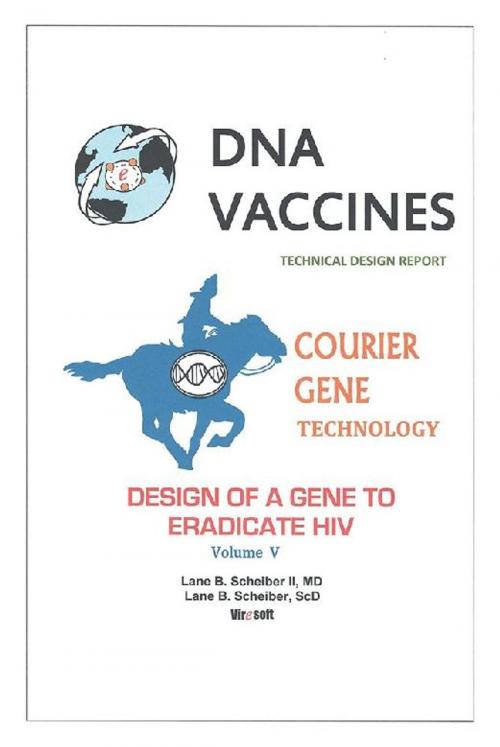Dna Vaccines
Design of a Gene to Eradicate Hiv
Nonfiction, Health & Well Being, Medical, Ailments & Diseases, AIDS & HIV, Medical Science, Genetics| Author: | Lane Scheiber | ISBN: | 9781532017223 |
| Publisher: | iUniverse | Publication: | July 31, 2017 |
| Imprint: | iUniverse | Language: | English |
| Author: | Lane Scheiber |
| ISBN: | 9781532017223 |
| Publisher: | iUniverse |
| Publication: | July 31, 2017 |
| Imprint: | iUniverse |
| Language: | English |
The world is under constant threat of a virus evolving into a global plague. To this point, there is no direct defense against a widespread viral infection. DNA Vaccines: Design of a Gene to Eradicate HIV offers an innovative and new strategy to combat deadly viral infections. Presented is the discovery of a unique identifier for HIV. Analysis of the transcription and translation mechanisms utilized by cells leads to exploring the function of nuclear transcription factor proteins as intracellular hunter-killer molecules aimed specifically at viral genomes. Utilizing amino acid-to-nucleotide binding characteristics, taking into account Watson-Crick binding, Hoogsteen grove binding, and Vander Waals forces, modifications to existing transcription factors binding sites are undertaken. Transcription factors are altered to specifically target the unique identifier of pathogenic viruses. Binding a transcription factor directly to a viral genome is intended to silence the genome, preventing transcription if embedded in the DNA or interfering with translation if the genome is present in a cells cytoplasm as RNA. This text describes the design of an intracellular courier gene technology to make cells defensible against HIV and other lethal pathogenic viral threats.
The world is under constant threat of a virus evolving into a global plague. To this point, there is no direct defense against a widespread viral infection. DNA Vaccines: Design of a Gene to Eradicate HIV offers an innovative and new strategy to combat deadly viral infections. Presented is the discovery of a unique identifier for HIV. Analysis of the transcription and translation mechanisms utilized by cells leads to exploring the function of nuclear transcription factor proteins as intracellular hunter-killer molecules aimed specifically at viral genomes. Utilizing amino acid-to-nucleotide binding characteristics, taking into account Watson-Crick binding, Hoogsteen grove binding, and Vander Waals forces, modifications to existing transcription factors binding sites are undertaken. Transcription factors are altered to specifically target the unique identifier of pathogenic viruses. Binding a transcription factor directly to a viral genome is intended to silence the genome, preventing transcription if embedded in the DNA or interfering with translation if the genome is present in a cells cytoplasm as RNA. This text describes the design of an intracellular courier gene technology to make cells defensible against HIV and other lethal pathogenic viral threats.















